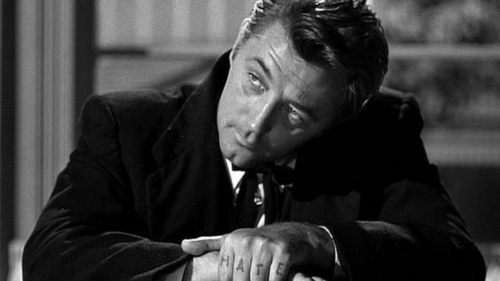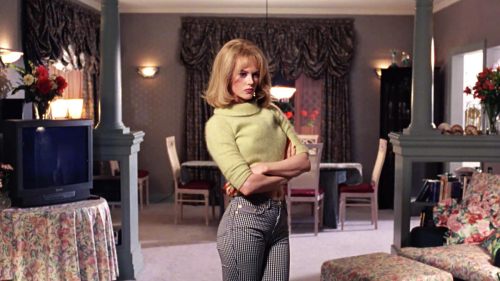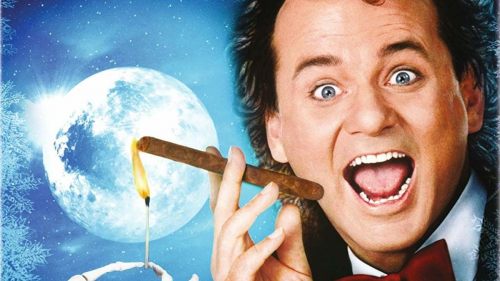Cover to Credits: BEAUTY AND THE BEAST (1946)
"The book was better" is a phrase heard often in conversations about book-to-film adaptations. "Don't judge a book by its movie" is another common jab. While we've all uttered some version of this sentiment at one point or another, there have been those rare occasions when the opposite is true. As a lifelong bookworm and cinephile, I've discovered that whether I read the book before or after seeing the movie can have a profound influence on my enjoyment of the story across both mediums. In this column, I’ll be checking out old and new adaptations to further explore both sides of that experience. In the process, I hope to unveil how these two vastly different mediums work together to tell the same story, from cover to credits.
---
“My heart is good, but still I am a monster.”
- Jeanne Marie Le Prince de Beaumont, Beauty and the Beast
Before Disney brought this cherished fairy tale to life with enchanted candlesticks and singing kitchenware, poet and surrealist Jean Cocteau conjured an adaptation that made us believe in magic. As children, our minds were more open to the possibility that the whimsical realms and fantastical creatures in the pages of our bedtime stories were real. Nowadays, convincing our brains to believe in the existence of anything beyond our day-to-day realities requires a lot more effort and ingenuity. Which is precisely why we read and go to the movies, right? If there’s one thing I still believe, it’s that magic exists in the telling of stories, and I would be remiss to refer to Beauty and the Beast as anything less than magical. In every sense, Cocteau’s telling of this classic story is a masterful work of art, transporting you not only to another realm, but to a time when your imagination welcomed all the wonder and possibility of fairy tales.

The original version of this tale as old as time dates back to 1740 when it was first written by Madame de Villeneuve. The book contains all the familiar beats we know and love, then departs into a labyrinthine backstory about the spell cast on the Beast and Beauty’s royal lineage – turns out she wasn’t a merchant’s daughter after all, but a princess born to a fairy and a king. Oddly, this plot twist and all its characters are introduced after what feels like the story’s natural end: Beauty’s declaration of love and the Beast’s return to human form. It was because of these meandering details that the story was rewritten in 1756 by Jeanne-Marie Le Prince de Beaumont. Refining de Villeneuve’s one-hundred-page narrative to fifteen, this abridged version remains the most popular, and it is from it that Jean Cocteau’s La Belle et la Bête was born.

The film begins with a plea from Cocteau to observe with childlike innocence, surrendering our senses to the fantasy from the moment those magic words appear to awaken our imagination: Once upon a time. Filmed in France in 1946, Cocteau enlisted director René Clément (Purple Noon) to assist with his technical ambitions of fashioning the Beast’s (Jean Marais) lonely mansion into a marvelous and haunting domain. Bewitched with a series of camera tricks and breathtaking effects, the vast hallways of the palace are lined with candelabra held by disembodied arms; doors are opened and closed by invisible hands; and the eyes of spirits imprisoned in statues keep watch as the courageous Belle (Josette Day) arrives to take her father’s place as the monster’s prisoner. Gliding angelically down the dreamlike corridors of this strange abode, Belle is gradually consumed by her affection for the Beast until the story reaches its familiar conclusion. Altered slightly, of course, to portray Cocteau’s unique take on the couple’s happily ever after.

By the end, we’re so enamored with the gentle yet tortured soul of the Beast that, along with Belle, we’re disappointed instead of joyous when he emerges as the pompous prince. Jean Marais – Cocteau’s longtime lover who urged him to make the film – stars as both the Beast and Belle’s admirer, Avenant, whose physical form the Beast adopts in the end. More compelling as the monster, he is simultaneously charming and threatening as he succumbs to the animalistic tendencies of his cursed existence. Although Cocteau has requested our childlike perspective, he’s added a subtle strangeness to the relationship that implies desire beneath Belle’s fear of the Beast. While this distances it from the pure innocence of the 1991 Disney cartoon, adults and children alike will still easily be swept up in the bizarre and extravagant spectacle of this gothic romantic fantasy.

Many generations have grown up with the story of Beauty and her Beast, and there’s no doubt it will continue to be beloved for centuries to come. Although Le Prince de Beaumont’s version may be more accessible, and more commonly credited as the source of the story as we know it, there are many intriguing details about Beauty’s sojourn in the palace in Madame de Villeneuve’s The Story of the Beauty and the Beast worth discovering. Of course, every adaptation has employed elements from both books to suit the creator’s vision, but there’s plenty of magic left to explore in the unabridged tale. Whatever your favorite version may be, Cocteau’s plea to approach the tale of Beauty and the Beast with the wide-eyed wonder of innocence is good advice. Beyond the others, his interpretation is so visually remarkable and poetic it takes no effort to believe the fairy tale.



